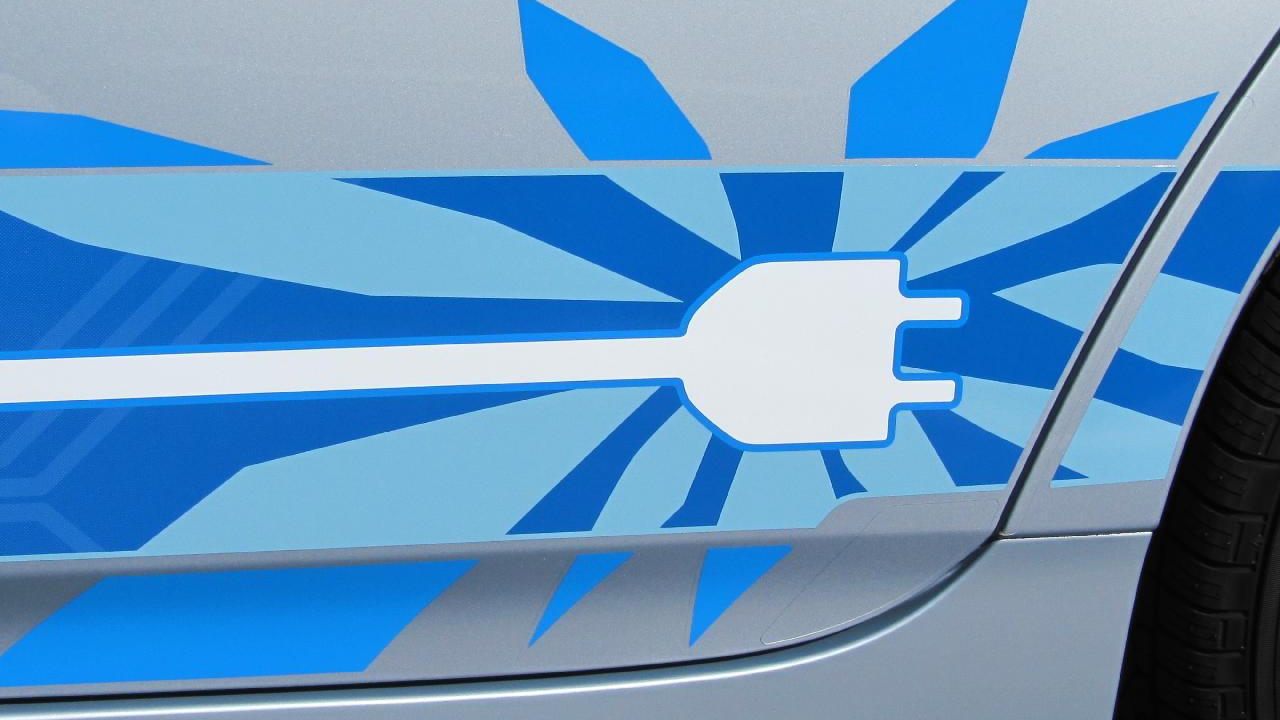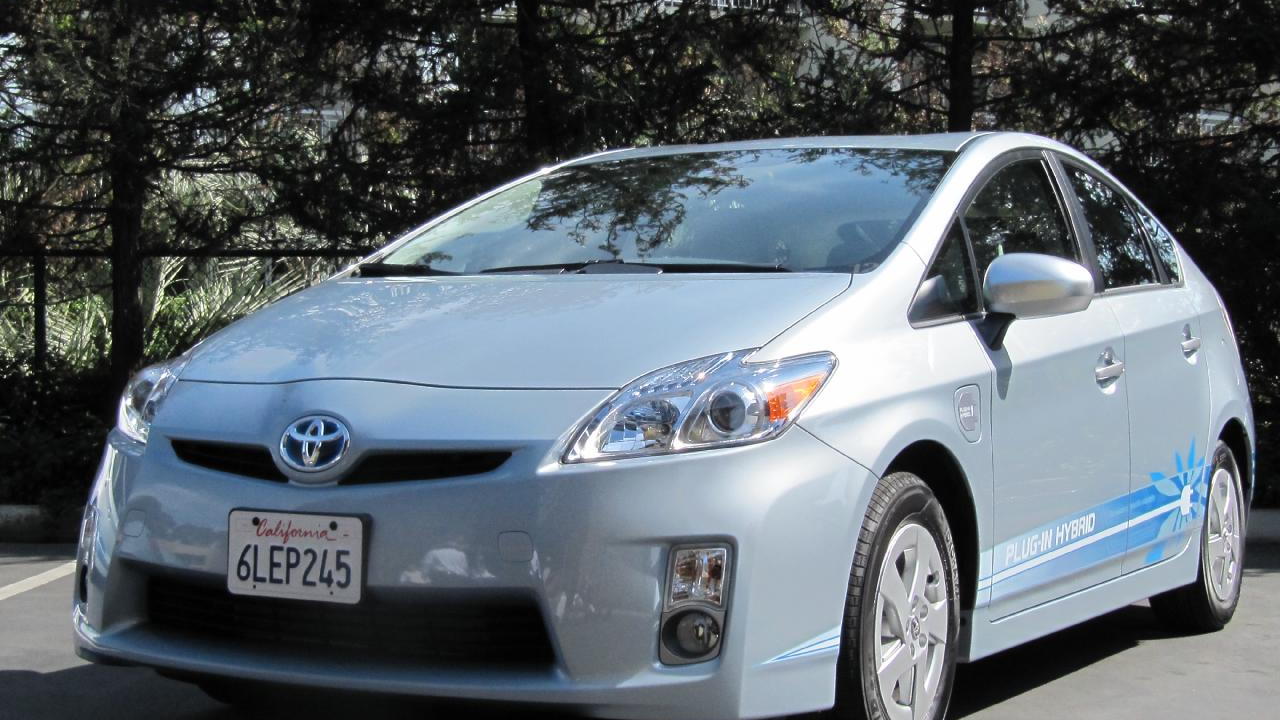Toyota has come under some fire from electric-vehicle enthusiasts for what some perceive as a grudging, halfhearted approach to building vehicles that plug in.
Its first U.S.-market plug-in vehicle--not including a thousand or so RAV4 electric crossovers a decade ago--will be the 2012 Toyota Prius Plug-In Hybrid.
It's a modified Prius with a larger 5-kilowatt-hour lithium-ion battery pack that recharges on wall current, giving up to 12 miles of electric range at speeds as high as 62 miles per hour. The pack is, in fact, three packs: a main one plus two sub-packs.
Toyota has built 600 Prius Plug-In Hybrid prototypes. We'll see 150 of them in the U.S., with 200 to be deployed in Europe. The U.S. cars are now being distributed to the fleets that will test them over the next year.
Last month, we test-drove a 2012 Prius Plug-In Hybrid prototype. And we were shocked to learn that it does not use regenerative braking to recharge the two extra battery packs that provide the added electric range.
In other words, once the added battery capacity has discharged, the Prius Plug-In behaves just like a plain old 2010 Prius hybrid until it's plugged in again--using only its main pack, which holds the same 1.6 kWh of energy, slightly more than the 1.3 kWh of as a standard nickel-metal-hydride Prius pack.
When we questioned Toyota about this, Dave Lee (a former technical trainer on the program) said that it was occasionally possible to top up the extra packs for 1 or 2 miles of range, if the two auxiliary packs were still largely charged.
But Lee admitted that the ability to recharge the larger pack on the fly "just wasn't the way they designed it."
Why? He said a Toyota engineer told the technical trainers that the battery relays hadn't been designed for repeated opening and closing during driving.
Hmmmmmmmm. This seems odd, to say the least.
Whether or not the Prius Plug-In competes against cars with much longer electric ranges, like the 2011 Nissan Leaf (100 miles) or 2011 Chevrolet Volt (40 miles), it seems wasteful not to provide as much electric driving as possible from the packs it carries around.
And in fact, "I would anticipate us making a change," Lee said carefully. "That would make sense" to use regenerative braking for the added packs, rather than switching on the engine to use up the current.
"What we have in this car," he said, "may not be what we offer going forward."
Let us hope.



















